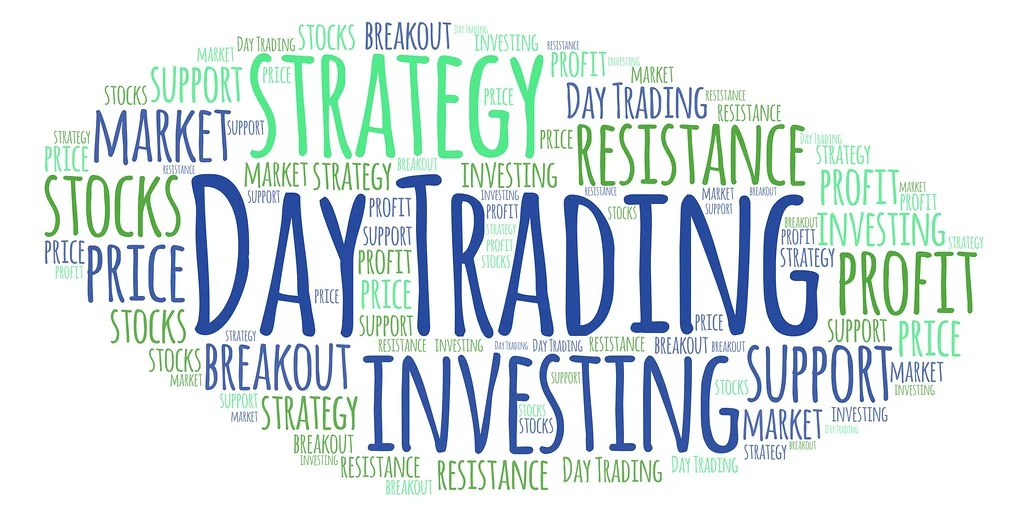Welcome to our comprehensive guide on day trading, a dynamic and fast-paced method of buying and selling financial instruments within the same trading day. In this guide, we’ll delve into the intricacies of day trading, providing valuable insights, tips, and strategies to help you navigate this exciting world of trading.
Understanding Day Trading
What is Day Trading?
Day trading involves the buying and selling of financial assets, such as stocks, currencies, or commodities, with the intention of profiting from short-term price movements. Unlike traditional investing, which typically involves holding assets for an extended period, day traders aim to capitalize on fluctuations in prices that occur within a single trading session.
How Does Day Trading Work?
Day traders utilize various techniques and tools to identify potential trading opportunities and execute trades quickly. These may include technical analysis, chart patterns, and algorithmic trading strategies. Speed and precision are crucial in day trading, as positions are often opened and closed within minutes or even seconds.
Getting Started with Day Trading
Education and Training
Before diving into day trading, it’s essential to acquire a solid understanding of the markets and trading strategies. Consider enrolling in educational courses, reading books, and leveraging online resources to expand your knowledge. Additionally, practice trading in a simulated environment to hone your skills and develop effective strategies.
Setting Up Your Trading Workspace
Creating an optimal trading environment is vital for success in day trading. Ensure you have a reliable internet connection, a powerful computer or laptop, and access to real-time market data. Set up your trading platform with customizable charts, indicators, and order execution tools to streamline your trading process.
Strategies for Success in Day Trading
Scalping
Scalping is a popular day trading strategy that involves making small profits from frequent trades. Traders who employ this strategy aim to capitalize on minor price movements by entering and exiting positions rapidly. Scalping requires keen market observation and quick decision-making skills.
Momentum Trading
Momentum trading focuses on capitalizing on the continuation of existing trends in the market. Traders identify assets that are exhibiting strong upward or downward momentum and enter positions to ride the trend. Momentum traders rely on technical indicators and market psychology to identify profitable opportunities.
Range Trading
Range trading involves identifying price levels where an asset tends to trade within a defined range. Traders buy at the lower end of the range and sell at the upper end, profiting from price oscillations within the range. This strategy requires patience and discipline to wait for opportune entry and exit points.
Tools of the Trade
1. Online Trading Platforms
Modern day traders rely on advanced online trading platforms that provide real-time market data, customizable charts, and lightning-fast trade execution. These platforms empower traders to react quickly to changing market conditions and execute trades with precision.
2. Charting Software
Charting software allows day traders to analyze price movements and identify potential trading opportunities. Popular charting tools include candlestick charts, moving averages, and technical indicators like the Relative Strength Index (RSI) and Moving Average Convergence Divergence (MACD).
3. Level II Quotes
Level II quotes provide insight into market depth and liquidity by displaying the current bid and ask prices for a particular security. Day traders use this information to gauge supply and demand dynamics and make informed trading decisions.
Risk Management in Day Trading
Set Risk Parameters
Effective risk management is paramount in day trading to protect your capital from substantial losses. Establish strict risk parameters, such as maximum loss per trade or daily loss limits, and adhere to them rigorously. Avoid overleveraging and prioritize capital preservation above all else.
Use Stop Loss Orders
Implementing stop loss orders is essential for limiting potential losses in day trading. These orders automatically trigger the sale of a position if it reaches a predetermined price level, preventing further downside risk. Always set stop loss orders at strategic levels based on support and resistance levels or volatility metrics.
Conclusion
Day trading offers tremendous opportunities for individuals seeking to profit from short-term market movements. However, success in day trading requires a combination of knowledge, skill, and discipline. By understanding the principles of day trading, implementing effective strategies, and managing risk prudently, you can embark on a rewarding journey as a day trader.

